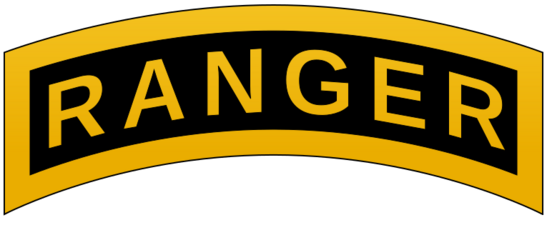Arthur E. Brown Jr. facts for kids
Quick facts for kids
Arthur E. Brown Jr.
|
|
|---|---|

General Brown in 1989
|
|
| Birth name | Arthur Edmon Brown Jr. |
| Born | 21 November 1929 Manila, Philippines |
| Allegiance | United States |
| Service/ |
United States Army |
| Years of service | 1953–1989 |
| Rank | General |
| Commands held | Vice Chief of Staff |
| Battles/wars | Cold War Vietnam War |
| Awards | Defense Distinguished Service Medal Army Distinguished Service Medal (2) Silver Star Legion of Merit (4) Distinguished Flying Cross |
Arthur Edmon Brown Jr. (born November 21, 1929) is a retired four-star general in the United States Army. A four-star general is one of the highest ranks an officer can achieve. He served as the Vice Chief of Staff of the Army from 1987 to 1989. This means he was the second-highest-ranking officer in the entire U.S. Army.
Contents
A Life of Service in the Army
Arthur Brown Jr. was born in Manila, Philippines, on November 21, 1929. His father was a dental surgeon in the U.S. Army. After high school and two years at the University of Alabama, Brown was accepted into the famous United States Military Academy at West Point. He graduated in 1953 and became an officer in the infantry, the branch of the army that fights on foot.
Early Military Career
After graduating, Brown completed tough training at Airborne and Ranger Schools. His first job was as a platoon leader in an airborne unit. He later became a company commander.
From 1962 to 1963, he served in the Vietnam War as part of a group that advised the South Vietnamese army. For his bravery and service, he earned several awards, including the Combat Infantryman Badge and the Bronze Star.
After Vietnam, Brown earned a master's degree from the University of Pittsburgh. He then worked on important studies for the Army about how to make combat more effective. From 1967 to 1968, he worked with NATO in Belgium, helping to represent the U.S. military.
Leadership in Vietnam and Beyond
Brown returned to Vietnam in 1969 for a second tour. This time, he commanded a battalion in the Americal Division. He also advised a South Vietnamese infantry division. His leadership during this time earned him more high honors, including the Silver Star for gallantry in action and the Distinguished Flying Cross for heroism in flight.
After his second tour, he taught at the Army War College. He later commanded a brigade in the 1st Infantry Division. From 1978 to 1980, he was the Assistant Division Commander for the 25th Infantry Division in Hawaii.
Rising to Top Ranks
In the early 1980s, Brown served as the Deputy Superintendent at West Point. During this time, he helped care for the American hostages who were released from Iran in 1981.
In 1983, as a Lieutenant General, he became the Director of the Army Staff. In this role, he helped manage the Army's biggest modernization since World War II. This included bringing in new equipment like the M1 Abrams tank, the Bradley Fighting Vehicle, and the Blackhawk and Apache helicopters. He also helped create four new light infantry divisions.
Vice Chief of Staff of the Army
In June 1987, General Brown was promoted to his final and most important role: Vice Chief of Staff of the Army. As the Army's second-in-command, he helped lead during a critical time. He gave advice on arms control treaties with the Soviet Union and worked with the armies of Great Britain, Canada, and Australia.
General Brown retired from the Army in 1989 after 36 years of service. For his outstanding contributions, he received the Defense Distinguished Service Medal and another Army Distinguished Service Medal.
Life After the Military
After retiring, General Brown continued to serve his community. He worked with charities like the United Way and served on the boards of local colleges and foundations in South Carolina. In 2002, the West Point alumni association gave him its Distinguished Graduate Award, honoring him as one of its most outstanding graduates.
Awards and Decorations
General Brown earned many medals and badges during his long career. Here are some of them.
| Defense Distinguished Service Medal | |
| Army Distinguished Service Medal with one bronze oak leaf cluster | |
| Silver Star | |
| Legion of Merit with three oak leaf clusters | |
| Distinguished Flying Cross | |
| Bronze Star with "V" Device and two Oak Leaf Clusters | |
| Meritorious Service Medal | |
| Air Medal (9 awards) | |
| Joint Service Commendation Medal | |
| Army Commendation Medal with "V" device | |
| Army of Occupation Medal | |
| National Defense Service Medal with one Service star | |
| Vietnam Service Medal with five Service stars | |
| Army Service Ribbon | |
| Army Overseas Service Ribbon with bronze award numeral 1 | |
| Gallantry Cross (Vietnam) with two gold and one bronze stars | |
| Vietnam Armed Forces Honor Medal 1st class | |
| Vietnam Gallantry Cross Unit Citation | |
| Vietnam Campaign Medal |





